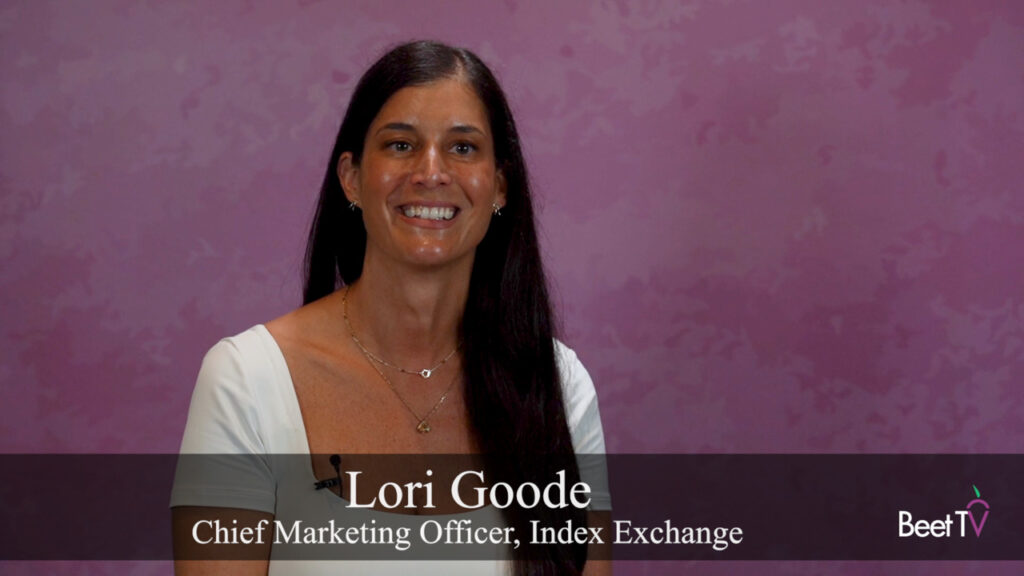Around the world, advertisers that pinned their strategies on delivery against premium content are praying for a resumption in top-tier sports and other programming.
Until then, broadcast groups are thinking creatively to give them the next best delivery opportunities – and ensure ad budgets can keep flowing.
In this video interview, Amit Chaturvedi, EVP, Product & Revenue Operations at WarnerMedia, explains how the group is responding.
Finding fans
“As a result of COVID, when sports marketing or sports programming essentially shut down across the globe, there’s a lot of money sitting on the sidelines ready to be activated that historically has been activated across events like March Madness and NBA playoffs, Major League Baseball etc,” he says.
“Studios have gone dark across the globe. So, other than news organisations filming live, generally studios and creative shops have shut down.
“We’ve heard from marketers that they need our help with creating new messages that get broadcast on television and via digital. We’ve tried to use our muscle in the creative production space to really help our advertising clients.
“Sports money was sitting on the sideline and we’ve been trying to help marketers find places to place that money. So even though sports programming or the context of sports is out of the picture … we’ve been successfully finding appropriate audiences for those clients so that money doesn’t sit idle by the wayside.”
TV targeting
WarnerMedia’s ad operations span branded content, audience targeting, programmatic.
Whilst the traditional setup was to offer programming for sale of contextual ad placements, WarnerMedia is one of the companies that is now rolling out a digital tactic to TV – the ability to target an individual household or viewer, regardless of the content they are watching.
It is doing so in part with its AT&T stablemate Xandr, which is now being folded into WarnerMedia itself.
Broadcasters that are technologically enabled to do so have been endeavoring to find sports fans even though no sports programming has been broadcast, for example.
It is one way that Chaturvedi hopes to be an “empathetic, understanding, helpful” partner to advertisers during the COVID-19 pandemic.
Teaming-up
Whilst the promise of TV ad targeting is clear, Chaturvedi acknowledges the difficulties, which focus on effective delivery and measurement when there are so many channels, pieces of software and viewing devices.
“You’re talking about close to 70 different end points just for CNN,” he says. “You’re talking about probably a half dozen ways just on Roku alone. It leads to a very high degree of fragmentation.”
So Chaturvedi is hoping a growing consensus approach within the industry can help. He says Xandr’s linear addressable effort, comprising inventory from Altice, Frontier AT&T’s own DirecTV, and Ampersand’s own, comprising 85 million households, can smooth the path to purchase.
And he says Vizio-backed Project OAR, in which WarnerMedia was a founding member, will standardize transacting in addressable TV.
This video is part of a series titled Trust in Partnership in a Time of Change presented by WarnerMedia. Please visit this page for additional segments from the series.





































